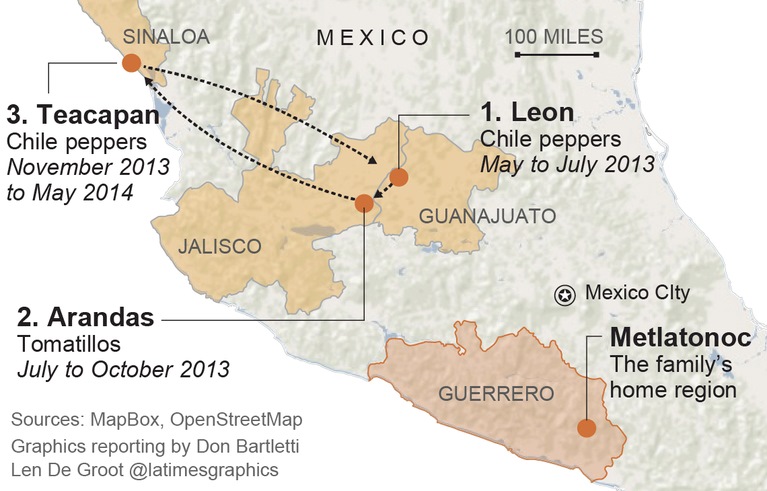Earlier this year, David Korenfeld, the director of Mexico’s National Water Commission (Conagua), was chosen to head the inter-governmental council that oversees UNESCO’s International Hydrological Program (IHP). The IHP is the only inter-governmental program of the U.N. system devoted to water research, water-resources management, and education and capacity building.
In his acceptance speech, Korenfeld called for “greater synergy between decision makers and specialists to combine theory and practice” and stated that “significant challenges remain [in the water sector], including integral basin management, application of the human right to water and water security and sustainability in the context of climate change.
Recent events demonstrate that Mexican courts are happy to uphold the view that water is a basic human right. The 5 Dec 2014 issue of the OOSKAnews, a newsletter dedicated to water industry professionals, included the following short piece about a landmark recent decision by Mexico’s Supreme Court that represents the first ever Supreme Court decision in Mexico upholding the nation’s stance that “water is a basic human right.”
The Supreme Court has for the first time awarded an “amparo” (similar to an injunction, a remedy for the protection of constitutional rights), based on the human right to water.
In this case, members of the court unanimously sided with Lidia Velázquez Reynoso, a resident of the Ampliación Tres de Mayo area in the municipality of Xochitepec, in the state of Morelos.
In their ruling, the court said authorities must meet their obligation to provide Velázquez’s residence with “access, availability, and sanitation of water for personal and domestic consumption in a sufficient, safe, acceptable, and affordable form.” A lower court had already ruled in favor of Velázquez, but the case was appealed.
The Supreme Court said responsible authorities had failed to guaranteed regular delivery of water, since merely connecting Velázquez’s residence to the water system was not good enough. Water quality and volume must also be taken into account. The court said that the water must meet World Health Organization standards, and the volume provided must be at least 50 to 100 liters per person per day.
The court ordered authorities to not only deliver the water to Velázquez, but also to remit records showing that the water meets national and international standards.
(OOSKAnews, 5 December 2014)
Related posts:
